 The November sun slanted across the fields as I tucked the last of my garlic cloves into still-warm soil last year. Very satisfying. It’s hard to imagine now, but there was a time when people didn’t know anything about hardneck garlic and its merits, let alone the pleasure of growing your own.
The November sun slanted across the fields as I tucked the last of my garlic cloves into still-warm soil last year. Very satisfying. It’s hard to imagine now, but there was a time when people didn’t know anything about hardneck garlic and its merits, let alone the pleasure of growing your own.
While garlic (Allium sativum) is a culinary staple, it’s also the Rodney Dangerfield of the larder. It gets no respect. Even sophisticated cooks still settle for those generic white knobs in the supermarket, many of which come all the way from China, the world’s largest garlic producer.
I was first introduced to hardneck garlic years ago by Theresa Mycek, at that time the CSA manager at Colchester Farm in Georgetown, MD.
“It’s crisper and juicier,” she says. “You can really smell and taste the difference. When I make humus, I don’t use as much of our garlic as store-bought since it’s stronger.”
Mycek was introduced to fresh, locally grown garlic when she worked on a CSA in Greenville, New York. The CSA had a stand in the Union Square Greenmarket in Manhattan, one of only two stands there that sold fresh garlic. They were besieged with customers.
“People loved it,” she says, especially the New York chefs. “They’d keep asking when the garlic was coming in.”
But it’s not just the crisp fresh bulb that customers clambered for. Locally grown garlic also offers other culinary possibilities depending on when and how it’s harvested. For example, you can pull a garlic bulb up before it has developed full hard cloves and chop it into omelets and spreads for a garlicky-scallion flavor. Tiny little cloves planted together in a clutch can be pulled in early spring and used as green garlic. 
“They taste different from garlic chives,” Mycek says.
Unlike the bunched cloves of softneck garlic, hardneck cloves surround a hard center stem, and the cloves tend to be much bigger than those of the softneck types, which have no rigid stem. another difference: “Softneck stores better but hardneck tastes better,” Mycek says.
“They say hardneck doesn’t store as long, and technically that’s true,” agrees Jon Traunfeld, Director for Home and Garden Information Center University of Maryland. “But I’ve been able to keep it in my basement from [summer] harvest thru March.”
Growing your own hardneck garlic offers one other culinary option. Hardnecks produce a scape, a twisted shoot that appears at the top of the stem in late spring like a long green curly fry. Clipped in early- to mid-June, (to concentrate energy in the bulb), the scape adds a bright garlic flavor when chopped raw into salads and salsas, and a fresh, lightly garlic note when stir-fried with kale, bok choy, shrimp, and more. (We usually grill ours and munch as an hors d’oeuvre).
 Years ago, when she left New York bound for Maryland, Mycek took with her a kind of garlic starter kit, a small bag of a rocambole variety that she called ‘Keith’s Garlic’ in honor of her former employer, Keith Stewart, who grew it at the Greenville CSA. She had planned to use this small stash to build her new garlic seed stock. But when she arrived at Colchester, she was delighted to discover that her predecessor, Andy Andrews, was already cultivating two other hardneck varieties – Spanish Roja, a favorite of chefs, and ‘Music,’ a large-cloved Italian variety with a sweet pungent flavor named for Al Music who brought it to Canada in the 1980’s. That first year, Mycek shared some of the harvest with CSA members to pique their interest, but she squirreled away most of the bulbs, split them into cloves that fall, and planted them to enlarge her seed stock. (Each clove produces a new bulb, approximately a five- to six-fold increase.). In addition, she began to experiment with some other varieties to see what would do well on Colchester’s land.
Years ago, when she left New York bound for Maryland, Mycek took with her a kind of garlic starter kit, a small bag of a rocambole variety that she called ‘Keith’s Garlic’ in honor of her former employer, Keith Stewart, who grew it at the Greenville CSA. She had planned to use this small stash to build her new garlic seed stock. But when she arrived at Colchester, she was delighted to discover that her predecessor, Andy Andrews, was already cultivating two other hardneck varieties – Spanish Roja, a favorite of chefs, and ‘Music,’ a large-cloved Italian variety with a sweet pungent flavor named for Al Music who brought it to Canada in the 1980’s. That first year, Mycek shared some of the harvest with CSA members to pique their interest, but she squirreled away most of the bulbs, split them into cloves that fall, and planted them to enlarge her seed stock. (Each clove produces a new bulb, approximately a five- to six-fold increase.). In addition, she began to experiment with some other varieties to see what would do well on Colchester’s land.
“You’re planting genetically identical cloves when you plant a particular variety,” she says. “But the plant takes different things from where it’s grown depending on soil, growing conditions, climate. It’s all very distinctive.”
After searching organic seed catalogues, she bought four more hardneck varieties from Southern Exposure Seed Exchange in Decorah Iowa: Russian Giant, a mildly-flavored garlic with very large cloves, Chesnok Red (aka Shvelisi), a lovely red-skinned variety whose flavor ably permeates cooked dishes, Siberian, a popular, full-flavored variety whose bulb peels down to beautiful mauve-striated cloves, and tight little ‘Chrysalis Purple,’ which holds well in both the field and the pantry.
In fall of 2007, Mycek gave me a handful of Music to try. I was sold. It’s fragrant, pungent, crisp, juicy, and fresh. Compared to the store-bought stuff I’d been using for years, it made me feel as though I’d been cooking with oven mitts over my taste buds.
Since then, each fall I’ve prepped a bed and stuffed in (8 inches apart) the biggest individual cloves saved from my own harvest along with some compost. For years, I’d also buy several other varieties from Mycek since few places offered garlic bulbs for fall planting. (We use A LOT of garlic). Now you can find hardneck all over. Burpee, for example, sells about 25 different varieties, an amazing assortment compared to the dearth of years ago. But now, of course, there are also new challenges.
“The new pest is the allium leaf minor,” says Traunfeld. He has two recommendations to side-step the problem. The first is to delay planting. “If you plant in early November, [rather the recommended October], you can escape that second generation of leaf minor,” he says. He also suggests covering the bed with row cover. “It will help to prevent female leaf minors from laying eggs,” he says. “You can then harvest beautiful bulbs in early summer.”
Longtime journalist, essayist, and garden writer Nancy Taylor Robson is also the author of four books: Woman in The Wheelhouse; award-winning Course of the Waterman; A Love Like No Other: Abigail and John Adams, a Modern Love Story; and OK Now What? A Caregiver’s Guide to What Matters, which she wrote with Sue Collins, RN.



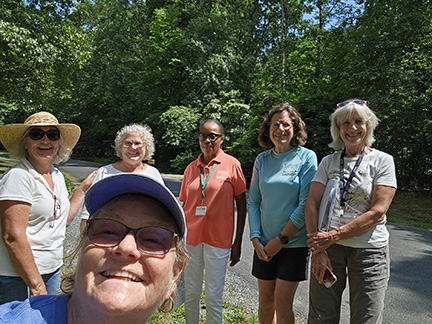
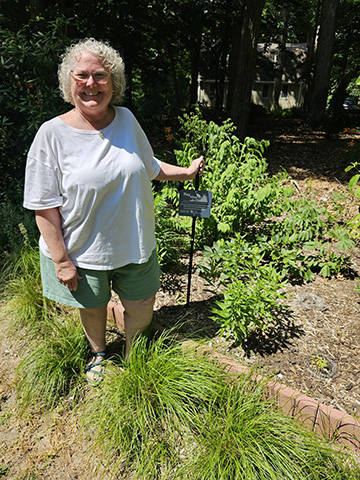

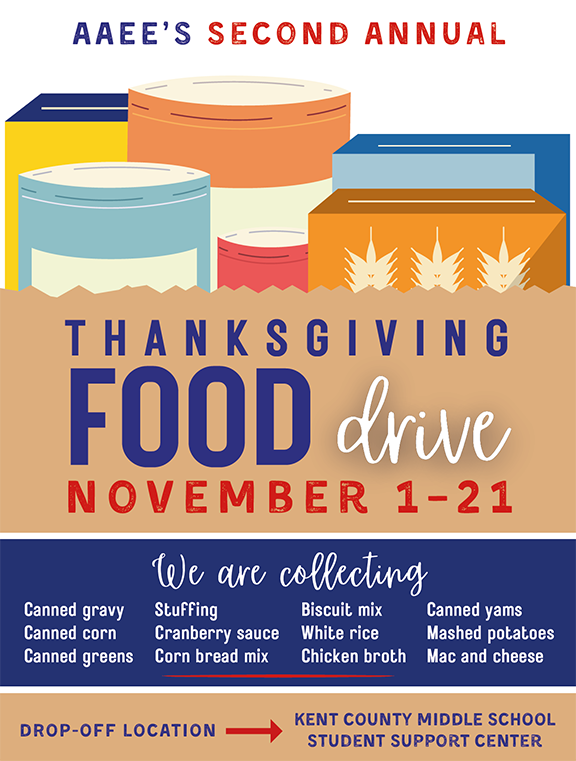
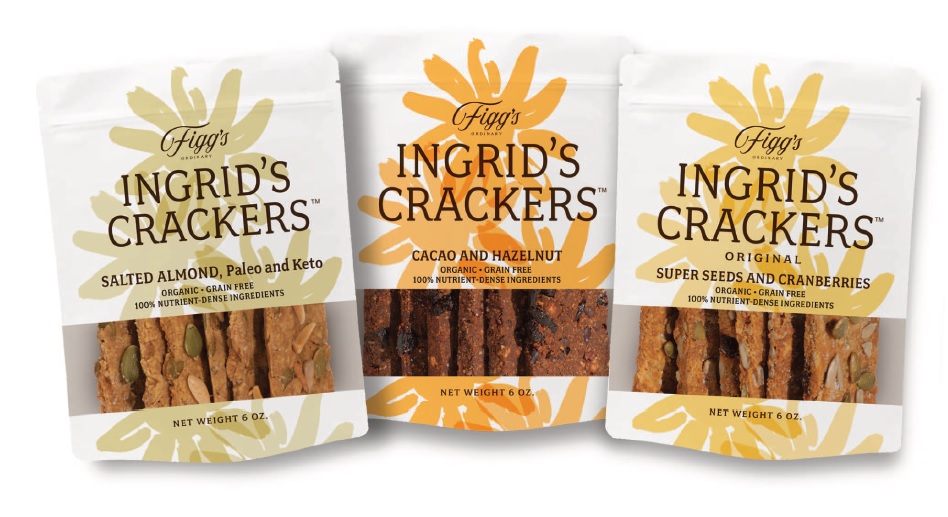 Please watch for our products in retail stores near you soon! Thank you again for your support, and we look forward to continuing our relationship with you as Figg’s Ordinary takes this next, exciting step.
Please watch for our products in retail stores near you soon! Thank you again for your support, and we look forward to continuing our relationship with you as Figg’s Ordinary takes this next, exciting step.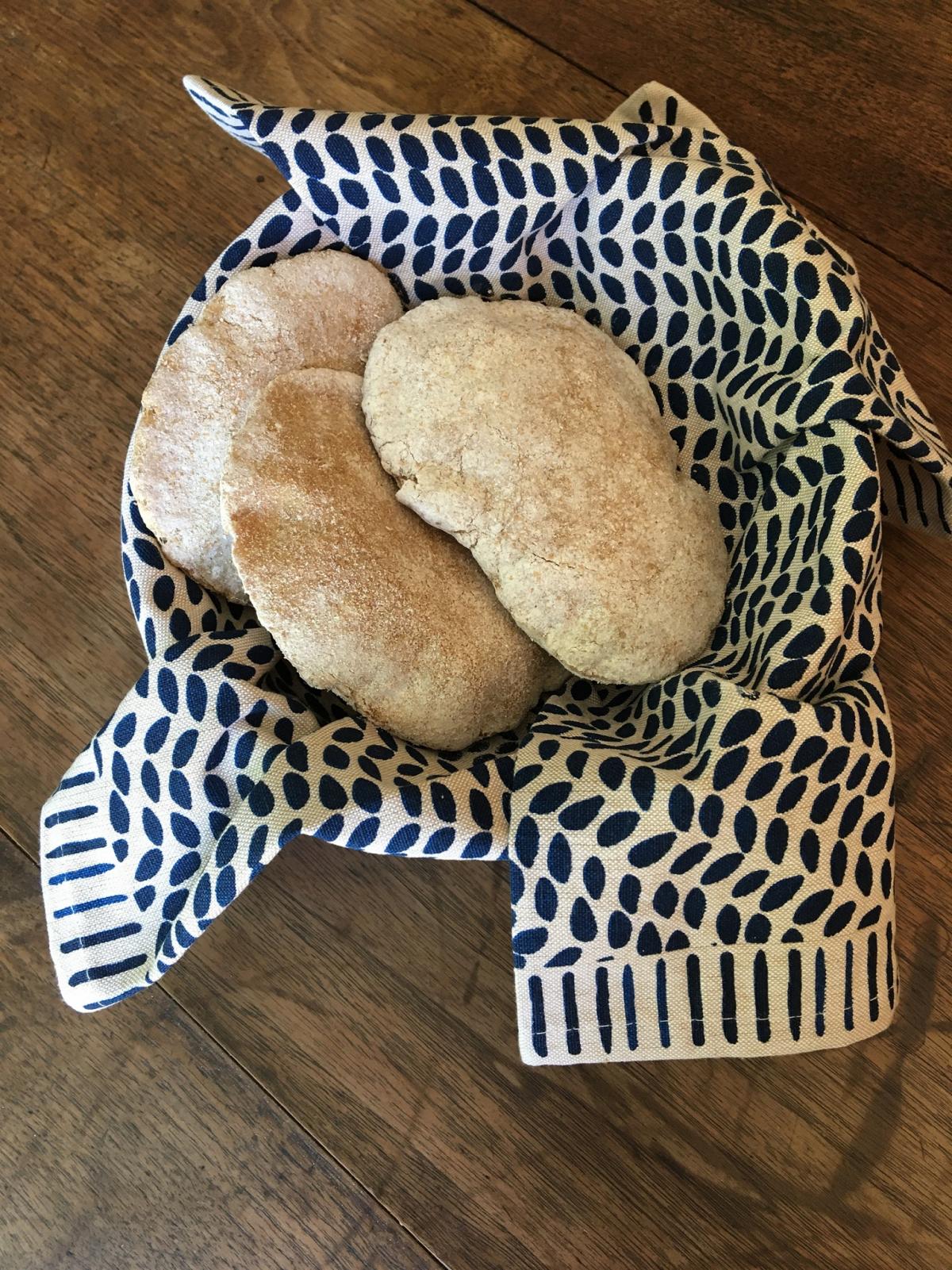
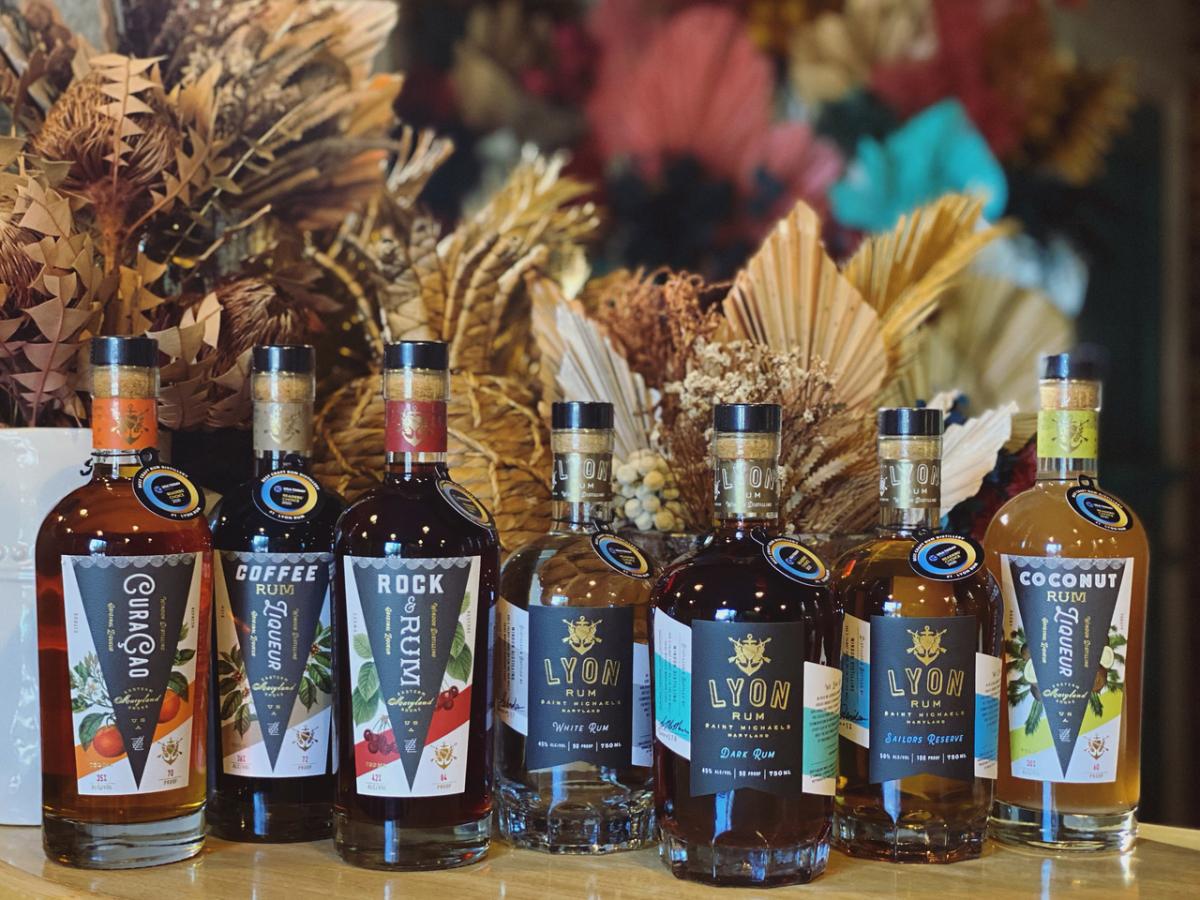 “As a small brand embarking on our ninth year, it’s quite an honor to be nominated among these other great American rums. Even more rewarding is knowing that we have the support and love from the actual people who enjoy what we make. My job is to get the rum to those people – across Maryland, in both stores and restaurants, and also now, direct to their doorstep!” noted Jessi Windon, VP of sales, and the official rum runner of LYON RUM.
“As a small brand embarking on our ninth year, it’s quite an honor to be nominated among these other great American rums. Even more rewarding is knowing that we have the support and love from the actual people who enjoy what we make. My job is to get the rum to those people – across Maryland, in both stores and restaurants, and also now, direct to their doorstep!” noted Jessi Windon, VP of sales, and the official rum runner of LYON RUM.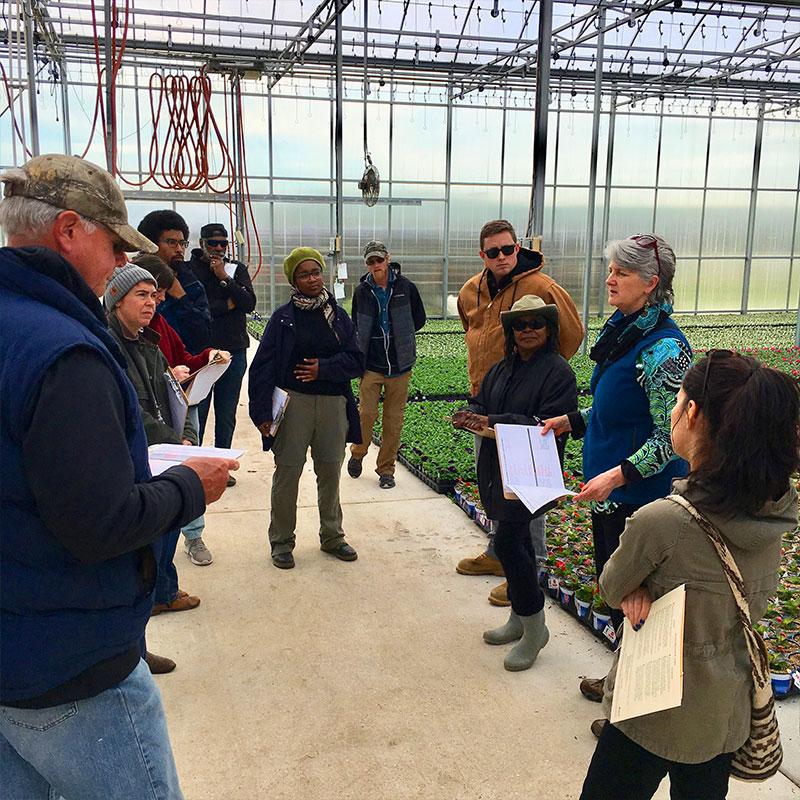
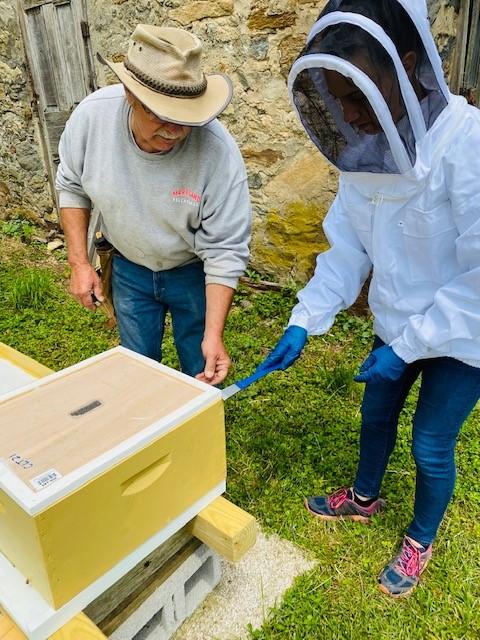
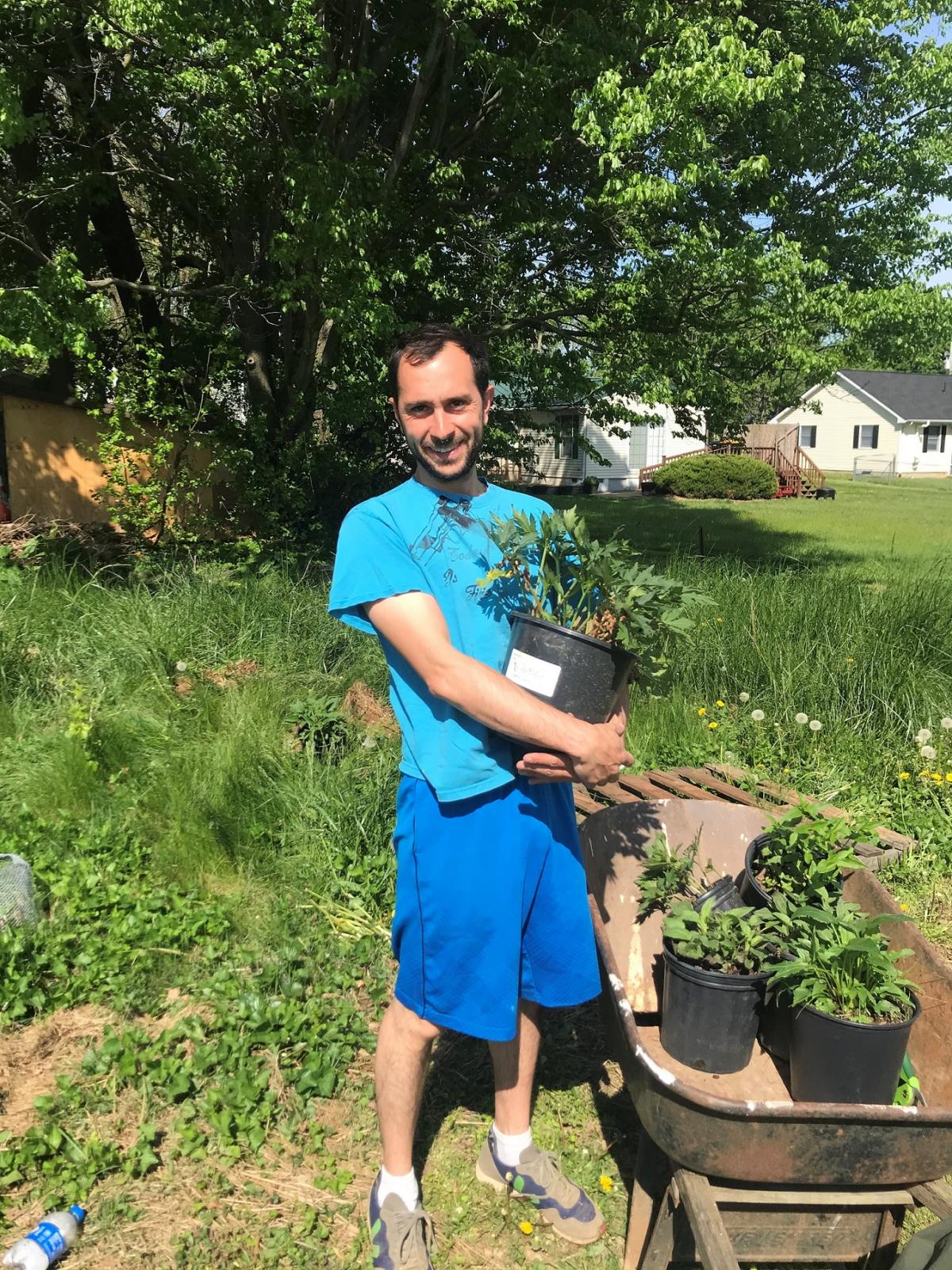
 For National Dairy Month, the University of Maryland Extension (UME) is releasing a new virtual tour of a working dairy farm, giving the public the opportunity to meet and learn from a Maryland farm family. As a natural expansion of the UME annual event, Breakfast on the Farm, the Day on the Farm program now offers the same educational experience in an online format, accessible to everyone.
For National Dairy Month, the University of Maryland Extension (UME) is releasing a new virtual tour of a working dairy farm, giving the public the opportunity to meet and learn from a Maryland farm family. As a natural expansion of the UME annual event, Breakfast on the Farm, the Day on the Farm program now offers the same educational experience in an online format, accessible to everyone.